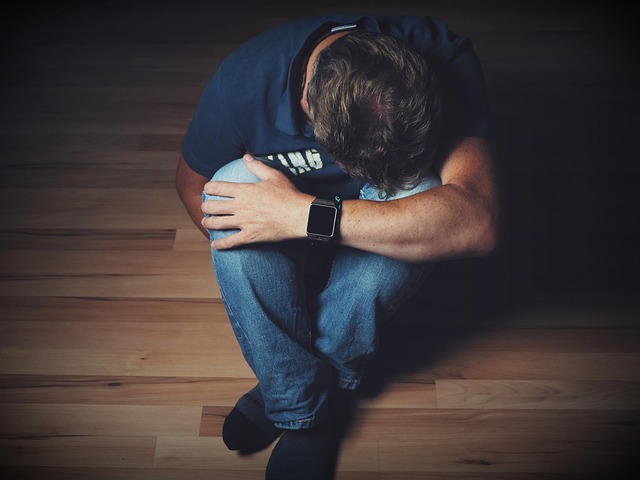Prolotherapy for ligament injuries is a non-surgical approach using injections to stimulate blood flow and collagen production, aiding in repairing damaged ligaments, tendons, and muscles. Initial improvements may take 2-4 weeks, with complete healing up to a year. Recovery times vary based on injury severity, age, health, and ligament specificities, requiring follow-up sessions for optimal results.
“Prolotherapy, a non-surgical treatment option for ligament injuries, has gained attention for its potential to revolutionize rehabilitation. This article delves into the world of prolotherapy, offering insights into its effectiveness and timelines. We explore how this therapy works, focusing on its use for ligament issues, and provide a comprehensive guide to understanding results. From initial recovery to optimal healing, discover the factors influencing your timeline and learn when to expect visible improvements in your ligament injuries.”
Understanding Prolotherapy: A Brief Overview
Prolotherapy is a non-invasive, minimally painful procedure that involves injecting a patient’s injured or weakened connective tissues with a solution containing various stimulants. The primary goal is to stimulate the body’s natural healing process by increasing blood flow and promoting collagen production, which can help repair damaged ligaments, tendons, and muscles. This therapy is particularly effective for individuals suffering from chronic pain and ligament injuries that haven’t responded well to traditional treatments like rest, physical therapy, or medication.
For those considering prolotherapy for ligament injuries, understanding the treatment process and its effects is crucial. While every patient’s experience may vary, many report noticing improvements within a few weeks to months after their initial treatment sessions. The speed of results can depend on several factors, including the severity of the injury, the individual’s overall health, and how well they adhere to post-treatment care instructions.
Prolotherapy for Ligament Injuries: What to Expect
Prolotherapy, also known as injection therapy, is a non-surgical treatment option for various soft tissue injuries, including ligament sprains and strains. When it comes to prolotherapy for ligament injuries, patients should be prepared for a process that offers both immediate relief and long-term benefits. During the initial session, a healthcare provider will inject a solution containing a natural inflammatory agent into the affected area. This solution stimulates the body’s healing response by increasing blood flow and promoting tissue repair.
Patients can expect to experience some temporary discomfort or bruising at the injection site, but these side effects usually subside within a few days. Results from prolotherapy for ligament injuries vary based on the severity of the condition and individual healing capabilities. Many patients start noticing improvements in their range of motion and reduced pain shortly after the treatment, with significant changes occurring over several weeks. It’s important to remember that prolotherapy is not a quick fix; it facilitates the body’s natural healing process, ensuring long-lasting results.
The Time Framework: When to See Results
When considering prolotherapy for ligament injuries, understanding the time framework for seeing results is crucial. The initial treatment session typically involves multiple injections of a mixture containing a proliferant agent, such as poly-L-lactic acid (PLLA) or hyaluronic acid. After this procedure, it’s important to remember that healing and result visibility are gradual processes.
It usually takes several weeks for the body to begin responding to prolotherapy. In many cases, patients start noticing improvements in joint mobility and pain reduction within 2-4 weeks post-treatment. However, complete healing and stabilization of ligament injuries may take longer, often ranging from 2 to 6 months or even up to a year. Regular follow-up sessions may be recommended to optimize results and ensure the body continues to respond positively to treatment.
Factors Influencing Recovery and Result Timelines
Several factors can influence recovery timelines from prolotherapy for ligament injuries, which is essential to understand when considering this treatment option. The severity of the initial injury plays a significant role; more severe or chronic conditions may require additional time for healing and full restoration. Age can also be a factor, as younger individuals often experience faster recovery rates compared to older patients. The overall health and physical condition of the patient are critical considerations, as optimal nutrition, immune function, and overall well-being contribute to a smoother and quicker recovery process.
Additionally, the specific ligament involved and its associated functions must be taken into account. Different ligaments have varying degrees of blood supply and neural innervation, which can impact healing rates. For instance, ligaments with limited blood flow or those that are more deeply nestled within complex anatomical structures might take longer to heal. Therefore, a comprehensive assessment by a qualified healthcare provider is crucial to accurately predict recovery timelines for each individual’s unique situation.
Prolotherapy for ligament injuries can offer significant relief and improved function, but it’s essential to set realistic expectations. The time frame for seeing results varies based on several factors, including the severity of the injury and individual healing capabilities. Generally, patients may start experiencing symptomatic improvement within 2-4 weeks, with continued enhancement over several months as collagen production increases. Understanding that recovery is a gradual process is crucial when considering prolotherapy for ligament injuries.
